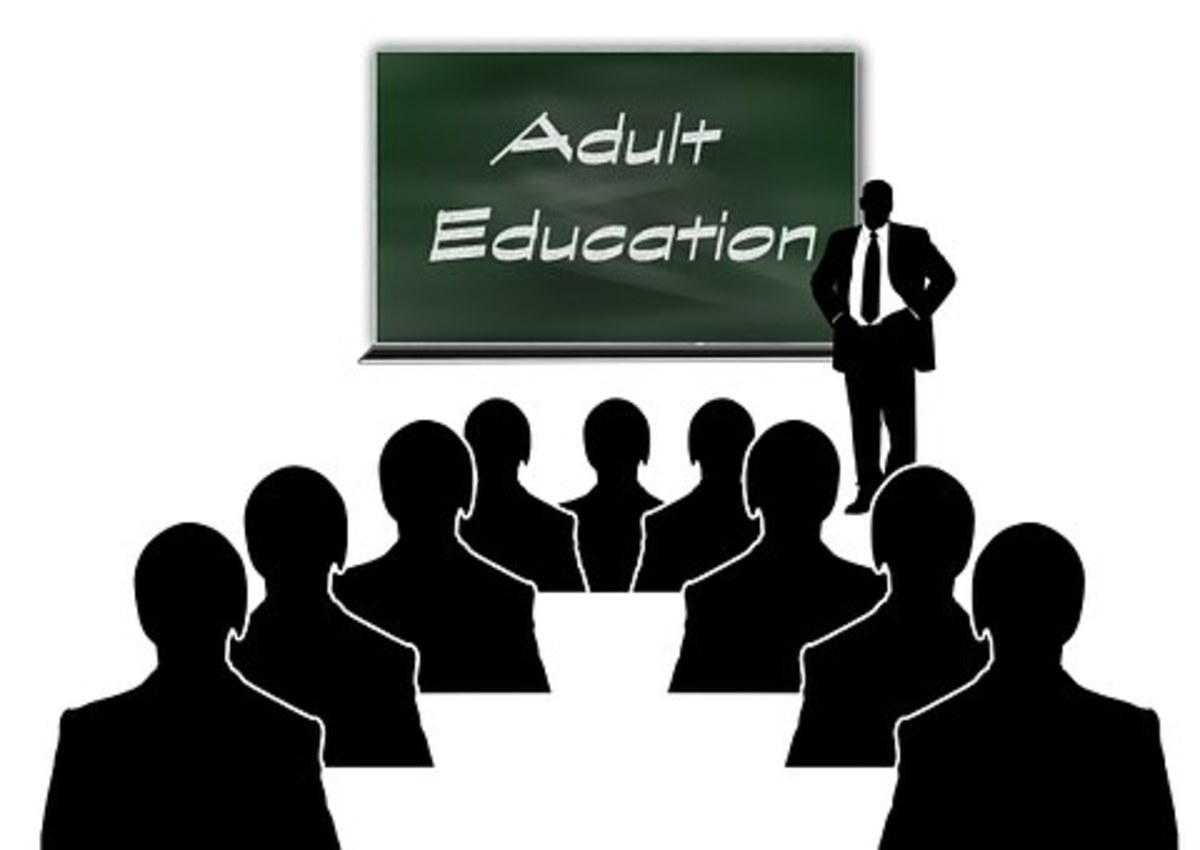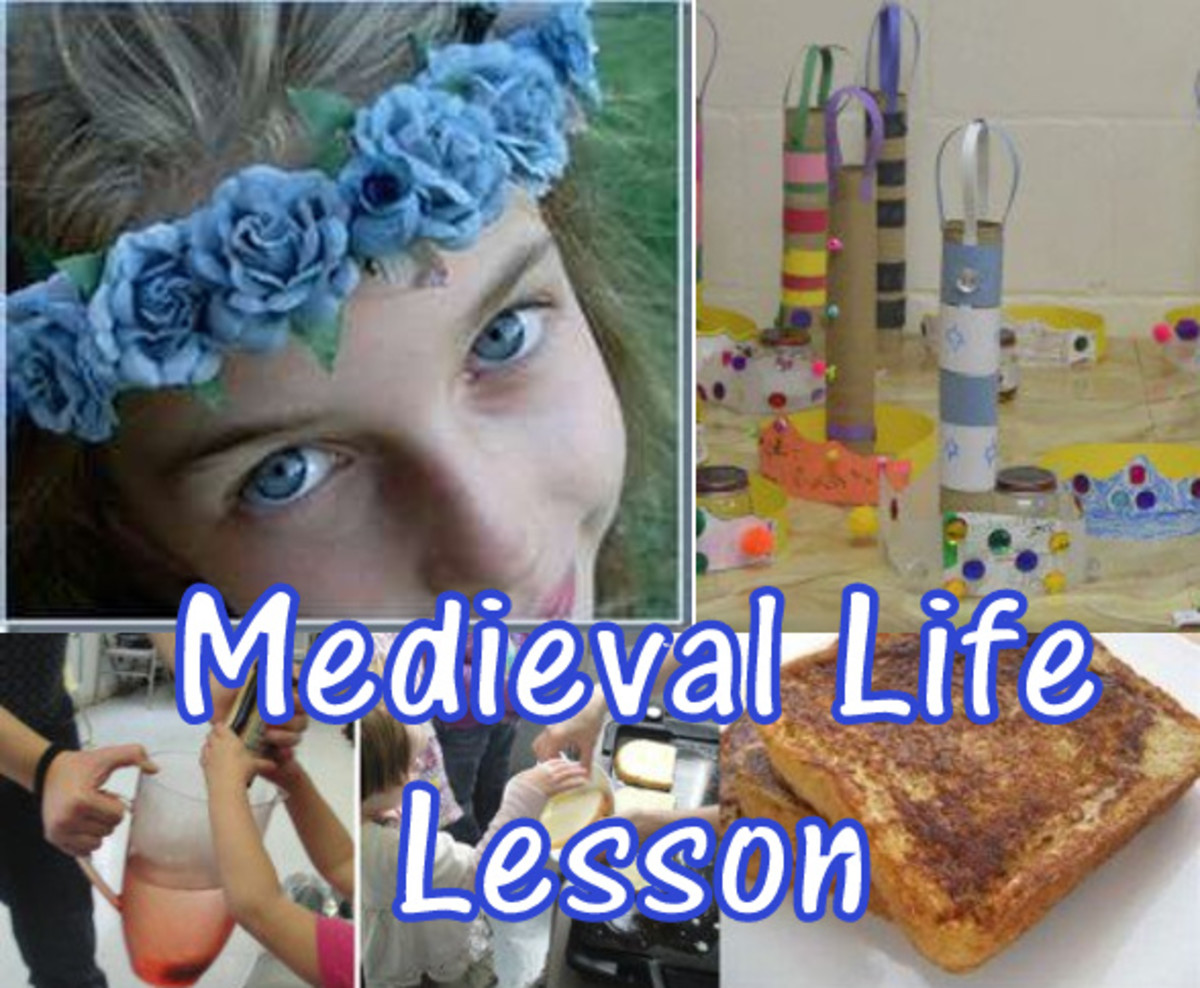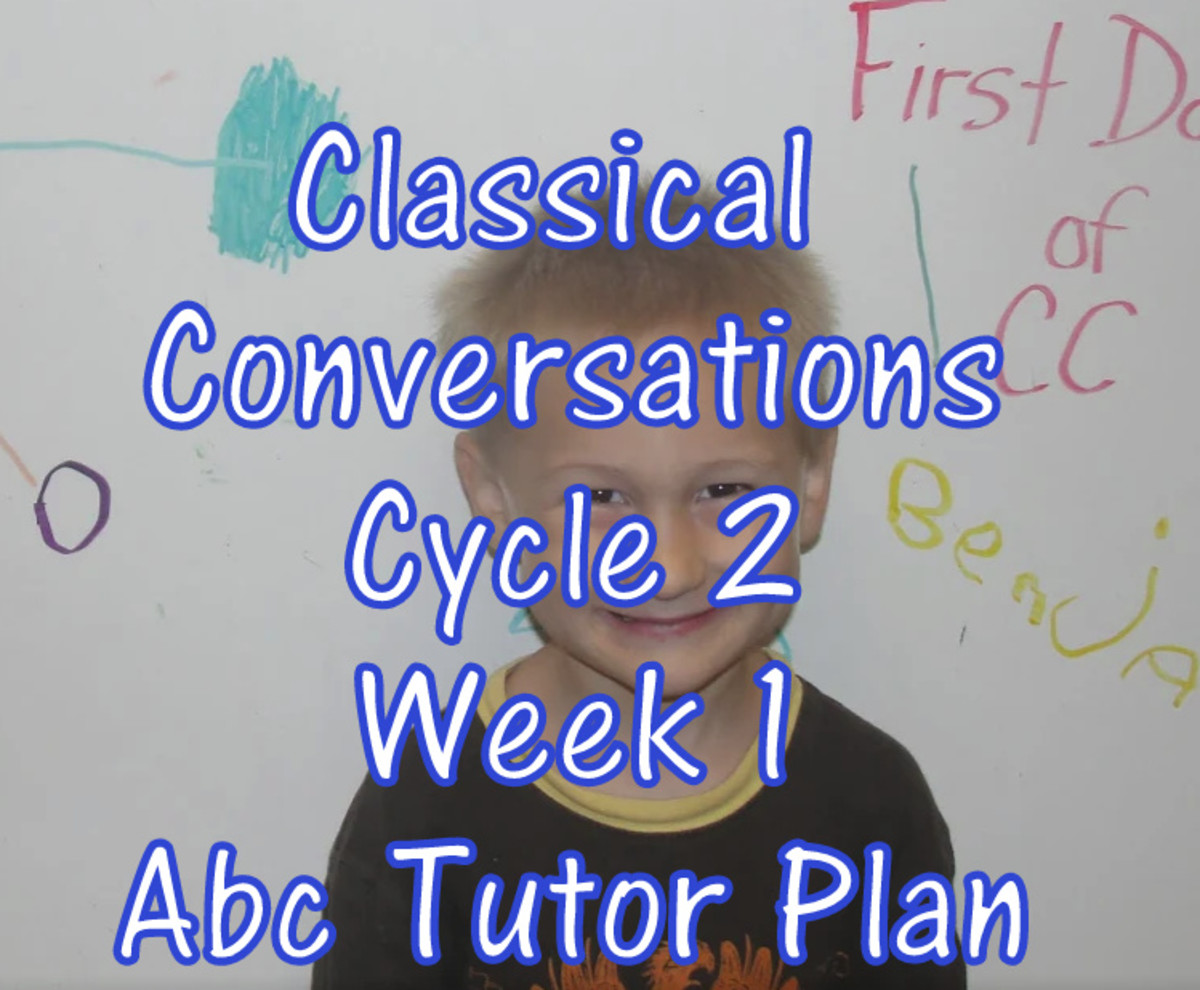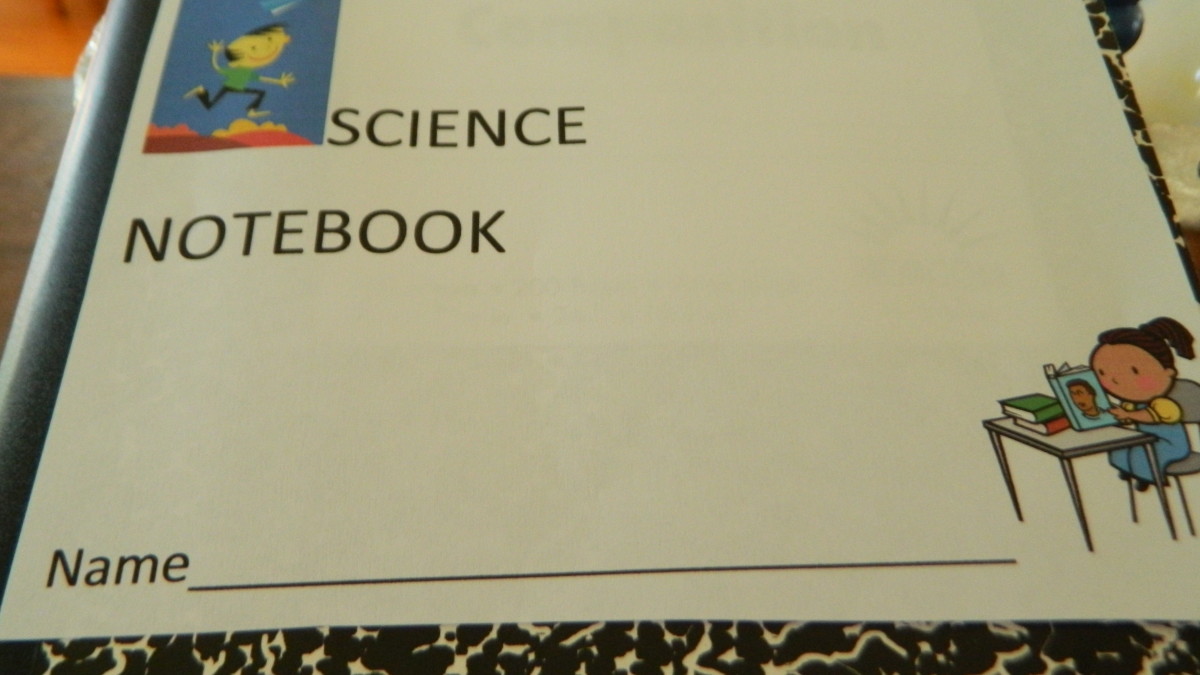Adult Learning: The Student, the Instructor, & Technology

by Amber Maccione
There has been a shift in the way that learning is looked upon. Learning is not just for the young person, nor the traditional college student. Learning has become part of adult life, too, as the thought of lifelong learning through experiences has been brought into the discussion of what adult learning is as well as the fact that more and more adults are heading back to college to gain more skills in order to further themselves in their career or reinvent themselves to have a career. When looking at the historical aspect of adult learning, it seems to have always had some heavy weight when it came to learning a trade or skill in order to have an occupation. Apprenticeship was the real beginning of adult learning, which has led to self-directed and informal learning that adults experience today. Andragogy, fathered here in America through Malcolm Knowles, brought many to think about adult learning and develop theories to help with the understanding of who the adult learner is and how to go about teaching the adult learner. Adults come with various needs and goals. An effective adult learning course understands this and tries to address numerous different learning styles to help the adult learner satisfy his or her needs and meet his or her goals. With the 21st century, technology has gained rhythm in the traditional setting of learning with children’s and young adult’s learning. It has also become a part of adult learning in an effort to reduce the barriers of commitments and relationships that adult lives are filled with. It has become a blessing to help reach a generation of adult learners meet their goals while also understanding their busy lives. Therefore, adult learning has come from the side by side training in apprenticeship to the computer-based online learning world that technology has opened doors for.
Historical Perspective & Impact on Education
When adult learning first begin, people would be under someone to learn a trade or skill such as being a blacksmith or tailor. This was called being an apprentice and they were under someone else in an apprenticeship (Carliner, 2013). Once they mastered the trade or skill, they could move on and have their own profession. As times changed and America was westernized, people began to go to colleges to learn skills to be teachers, lawyers, and doctors. By the mid-19th century, there began a shift in adult learning as it became known that there was a difference between how children and young adults were taught to how an adult needed to be taught. Starting in Europe and making its way to America through Malcolm Knowles, andragogy (Carliner, 2013) appeared as the “art and science of helping adults learn” (Colan, Grabowski, & Smith, 2003).
Andragogy
Andragogy was a theory that was learner-centered and based on the fact that the learner was self-directed (Conlan, Grabowski, & Smith, 2003). There were six assumptions that Knowles developed in his theory about adult learning:
- “As a person matures, his or her self-concept moves from that of a dependent personality toward one of a self-directing human being” (Merriam, Caffarella, & Baumgartner, 2007).
- “An adult accumulates a growing reservoir of experience, which is a rich resource for learning” (Merriam, Caffarella, & Baumgartner, 2007).
- “The readiness of an adult to learn is closely related to the developmental tasks of his or her social role” (Merriam, Caffarella, & Baumgartner, 2007).
- “There is a change in time perspective as people mature—from future application of knowledge to immediacy of application. Thus, an adult is more problem centered than subject centered in learning” (Merriam, Caffarella, & Baumgartner, 2007).
- “The most potent motivations are internal rather than external” (Merriam, Caffarella, & Baumgartner, 2007).
“Adults need to know why they need to learn something” (Merriam, Caffarella, & Baumgartner, 2007
Malcolm Knowles' Andragogy
Learner’s Self-Concept
As a person matures and becomes an adult, he or she becomes more independent and self-directed (Merriam, Caffarella, & Baumgartner, 2007). They want to be seen as a part of their education. They could come to resent an instructor that is imposing or controlling about the process of learning (Fidishun, 2005). The student wants to be “accepted, respected, and supported” by the instructor (Merriam, Caffarella, & Baumgartner, 2007). An instructor of an adult learner would need to be able to pause the lesson and support the student further is the student was having difficulty with the material and not being able to self-direct, but at the same time, the instructor would also need to be able to fast forward the lesson when the student shows that he or she has mastered some of the objectives (Fidishun, 2005).
Learner’s Experience
Unlike the child or young adult, the adult learner has experiences outside of the classroom from life that has taught them in an informal way things about life and the world. Sometimes those learning experiences could have come from their previous or current job. Therefore, the adult learner wants to use what they know and also wants to be acknowledged that he or she does have knowledge and skills (Fidishum, 2005). Since adult learners are self-directed and have experience, it is important that they take an active role in planning and evaluating their instruction and that the learning activities be based upon their experiences (Conlan, Grabowski, & Smith, 2003).
Learner’s Desire for Real-Life Problems
In the childhood years, children learn to gain knowledge and skills so that they know something. For an adult learner, they already know numerous things from childhood schooling and life experiences. Therefore, when they return to school as an adult, it is to gain knowledge and skills to help them solve a real-life problem (Conlan, Grabowski, & Smith, 2007) to either be promoted at work, fill a need at work, or fix an issue at work. They are motivated to find answers to fix something going on in real-life. A traditional college student is going to college to get a job, but they pick a course of learning base on content rather than a problem. When an adult learner goes to college, it is to fix a real-life problem. The real-life problem comes to them needing to gain knowledge or skills to fulfill the need that has been presented to them.
Learner’s Orientation to Learning
Adult learners not only desire to have solutions to real-life problems, but they also want what they are learning to relate to real life. They want to be able to take the knowledge and skills and directly apply them to their family, social customs, and work relations (Fidishun, 2005). Learning need to be immediately relevant to their job or personal life (Conlan, Grabowski, & Smith, 2003). Learners have families, work, and social commitments alongside the fact that they are returning to school. Learning needs to be applicable to them or for the adult learner, learning become irrelevant. The content needs to be easily applied to life (Fidishun, 2005).
Learner’s Motivation
The adult learner is more internally motivated then externally (Conlan, Grabowski, & Smith, 2003; Fidishun, 2005). Incentives for him or her to go back to school is for job satisfaction, self-esteem, and quality of life (Fidishun, 2005). The accomplishment of completing a course or gaining knowledge or skills he or she didn’t have, gives him or her a sense of accomplishment and helps build the adult learner’s self-esteem (Fidishun, 2005). Also, it is important that the student take part in the development of his or her learning that way they have a sense of pride and ownership in his or her learning (Fidishun, 2005). The best way for that to happen is that the instructor is more of a facilitator (Fidishun, 2005).
Learner’s Need to Know
Lastly, the adult learner needs to know the reason behind why he or she needs to know this and how this knowledge or ability to have this skill will benefit him or her (Fidishun, 2005). It needs to be laid out for them on what they are expected to learn, how might they use it in the future, and how it will help them reach their goals (Fidishun, 2005). Therefore, the lessons needs to incorporate the ability for the student to reflect and feedback from the instructor needs to be relevant (Fidishun, 2005) and fast.
Human Performance Technology
Human Performance Technology
In the 1970s and 1980s, learning started to not only rely on the nature of the adult as a self-directed learner, but it also started to introduce technology to instruction (Carliner, 2013). By the mid-1980s and the beginning of the 1990s, education introduced computer-based training, online courses, and databases to help adult learners learn outside the classroom (Carliner, 2013). Also, technology was used to help support the professional roles of employees (Carliner, 2013). Technology became a part of the learning process and adult learners needed to know how to use it. Courses were created to teach technology so the student could be more self-directed in their working environment and also in their educational classes. The relationship between the self-directed learner and instructional technology became important (Shinkareva & Benson, 2007). If a person did not have the skills needed to be successful in the course, then the instructor would need to stop and teach the student how so the student could become self-directed in their learning (Shinkareva & Benson, 2007). Also, as the student went through his or her course work, he or she would begin to develop the technology skills and become self-directed in the constant use of it by accessing the course material, communicating, and completing assignments (Shinkareva & Benson, 2007).
Knowledge Management & E-Learning
Knowledge management became a move in the 1990s for being able to capture, catalog, transform, and disseminate information in the workplace (Carliner, 2013). During this same time, e-learning became popular. Businesses were able to create programs for employees to be able to gain knowledge for their position and also gain more as methods and information changed with the times (Carliner, 2013). Also, adults were able to take classes online, which accommodated them with their busy schedules of family obligation, social commitments, and work responsibilities. It gave them flexibility to gain the knowledge and learn the skills needed to reach their goals.
Informal Learning
By the 2000s, informal learning became a contender in the study of the adult learner (Caliner, 2013). Informal learning is “the spontaneous, unstructured learning that goes on daily in the home and neighborhood, behind the school and on the playing field, in the workplace, marketplace, library and museum, and through the various mass media” (Merriam, Caffarella, & Baumgartner, 2007). This gives the adult learner the prior knowledge and experience that he or she will be bringing to the classroom: life experiences that have affected cognitive ability, work experience that developed the learner to think in certain ways, and the positive and negative effects that these informal learning experiences have given them (Conlan, Grabowski, & Smith, 2003). Therefore, informal learning in life has helped develop the adult learner in to what he or she believes, values, and builds to create his or her goals for the future. Adult learners have the ability through informal learning to recognize the skills they have obtained and also see themselves as lifelong learners (Conlan, Grabowski, & Smith).
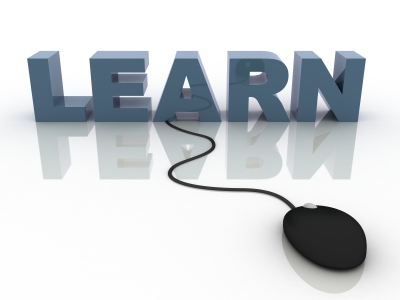
The Instructor to the Adult Learner
Being that the adult learner is self-directed and wants to have some sort of control on his or her learning, the teacher needs to take more of a role as a facilitator. The instructor becomes a facilitator of learning and a facilitator of the achievement of the students’ goals (Dewan & Dewan, 2010). The theory of Path Goal Leadership lays out the specific role of the instructor and how the instructor should ensure the quality of the course to help the student achieve his goals. The instructor is to recognize and engage the student to desire to learn the objectives of the course (Dewan & Dewan, 2010). It is also important that the instructor identify each of the students’ educational goals as they relate to the course (Dewan & Dewan, 2010). The concern is learner-centered so that the adult learner follows the correct path to achieve his or her educational needs (Dewan & Dewan, 2010). Since the instructor knows the student is bringing knowledge and skills into the classroom already, he or she needs to help tie their attitudes and abilities to the course so that the student is aroused, engaged, and satisfied in the end (Dewan & Dewan, 2010).
Since not all adult learners are the same, the instructor becomes a facilitator and enabler to ensure the instruction is learner-centered (Dewan & Dewan, 2010). As a facilitator, the instructor needs to be in communication with the learner providing quick and detailed feedback so that the learner stays motivated, is encouraged, and feels that the instructor cares about the adult learner’s goals (Dewan & Dewan, 2010). As an enabler, the instructor sets up the classroom to ensure the student care and will succeed (Dewan & Dewan, 2010). The instructor needs to create a sense of community among all learners in the class and ensure a wide range of resources (i.e. the other learners, articles, course materials). The instructor enable collaboration among each student, integrates technology, keeps discussions on task, and makes learning student centered (Dewan & Dewan, 2010).

Technology & Adult Learning
Instructors as facilitators have the pressure of incorporating technology into the “content and delivery of professional development” (Conlan, Grabowski, & Smith, 2003). Theory has concluded that adult education needs to be learner centered, transformative, motivating, and now technologically inclined (Conlan, Grabowski, & Smith, 2003). These four things help stimulate creativity among the students so that adult learner can be self-directed (Conlan, Grabowski, & Smith, 2003). Technology can be integrated into the course through the basics: assessment, objectives, agenda, activities, and evaluation (Conlan, Grabowski, & Smith, 2003). It can also help with reaching diverse adult learners as well as working effectively with multiple learning styles (Conlan, Grabowski, & Smith, 2003). The instructor is able to read the content provided by the learner, assess each learner’s needs, and provide additional lessons to guide each student in his or her learning (Conlan, Grabowski, Smith, 2003). Technology also allows for the instructor to create lessons and activities, which require the student to take an active role through experiential learning, which also addresses the learning styles of each learner by allowing the objectives to be delivered in multiple different ways (Conlan, Grabowski, & Smith, 2003). Both experiential learning and self-directed learning go hand in hand as they are learner centered and motivated the learner to gain new skills and knowledge to improve their work performance, family life, and health (Conlan, Grabowski, & Smith, 2003).
Conclusion
The whole process behind building the theories of how adult learners learn is to understand that adult learners have different reasons behind why they learn and also bring different assets to the classroom. The impact to the educational system is that the adult learner needs the ability to explore and discover through self-direction rather than have an instructor lecture him or her on the objectives. The instructor, therefore, needs to be a facilitator and enabler to the adult learner so that the adult learner meets his or her learning objectives and goals for the future. Technology is a huge asset to the instructor as it provides the ability to address diversity, handle multiple learning styles, and encourage self-directed learning. Therefore, instead of learning being content and instructor focused, learning takes a shift with the adult learner become learner-centered and allowing the adult to take control of his or her path in the learning process.
References
Carliner, S. (2013). “How Have Concepts of Informal Learning Developed Over Time?” Performance Improvement, 52(3), 5-11. doi:10.1002/pfo.21330
Conlan. J., Grabowski, S., & Smith, K. (2003). Adult Learning. In M. Orey (Ed.), Emerging Perspectives on Learning, Teaching, and Technology. Retrieved from http:epltt.coe.uga.edu/
Dewan, S. & Dewan, D. (2010). “Distance Education Teacher as a Leader: Learning from the Path Goal Leadership Theory.” Journal of Online Learning and Teaching, 6(3), 673. Retrieved from http://search.proquest.com/docview/1497198311?accountid=39364
Fidishun, D. (n.d., circa. 2005). “Andragogy & Technology: Integrating Adult Learning Theory as We Teach with Technology. Malvern, PA: Penn State Great Valley School of Graduate Professional Studies. Retrieved from http://www.lindenwood.edu/education/andragogy/andragogy/2011/Fidishun_2005.pdf
Merriam, S. B., Caffarella, R. S., & Baumgartner, L. M. (2007). Learning in Adulthood: A Comprehensive Guide (3rd ed.). San Francisco: Jossey-Bass
Shinkareva, O. N. & Benson, A. D. (2007). “The Relationship between Adult Students’ Instructional Technology Competency and Self-Directed Learning Ability in an Online Course.” Human Resource Development International, 10(4), 417-435. doi:10.1080/13678860701723737
Copyright © 2014 http://ambercita04.hubpages.com/ All Rights Reserved
© 2014 Amber



